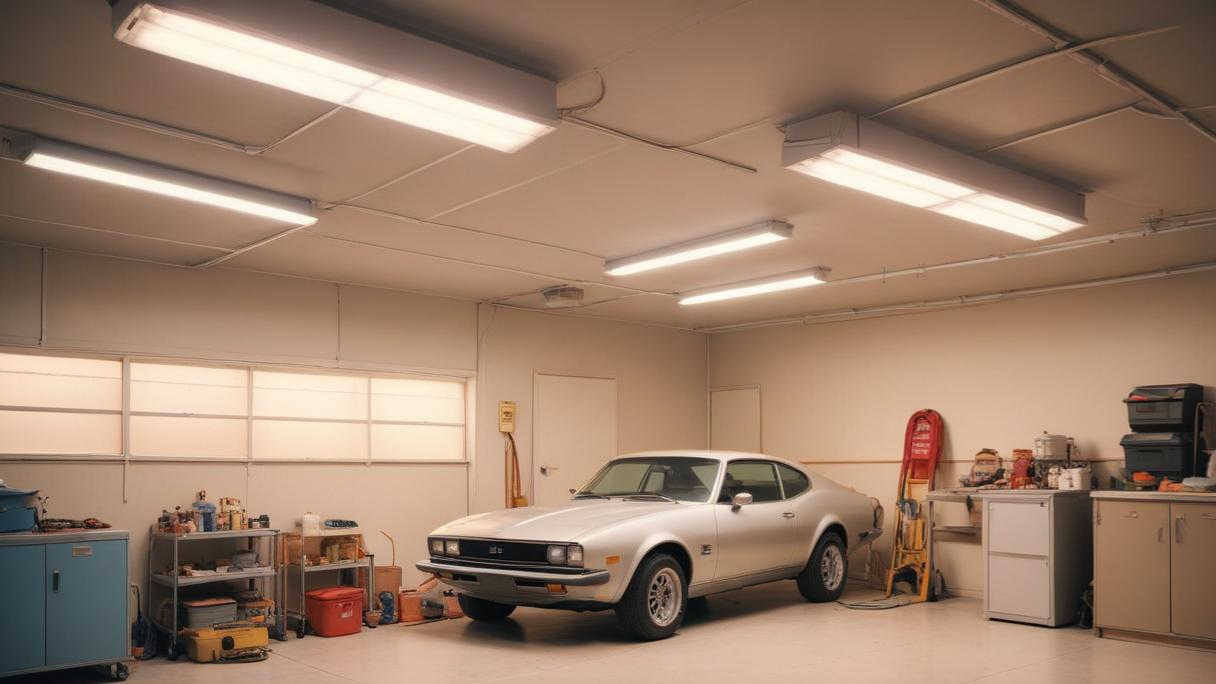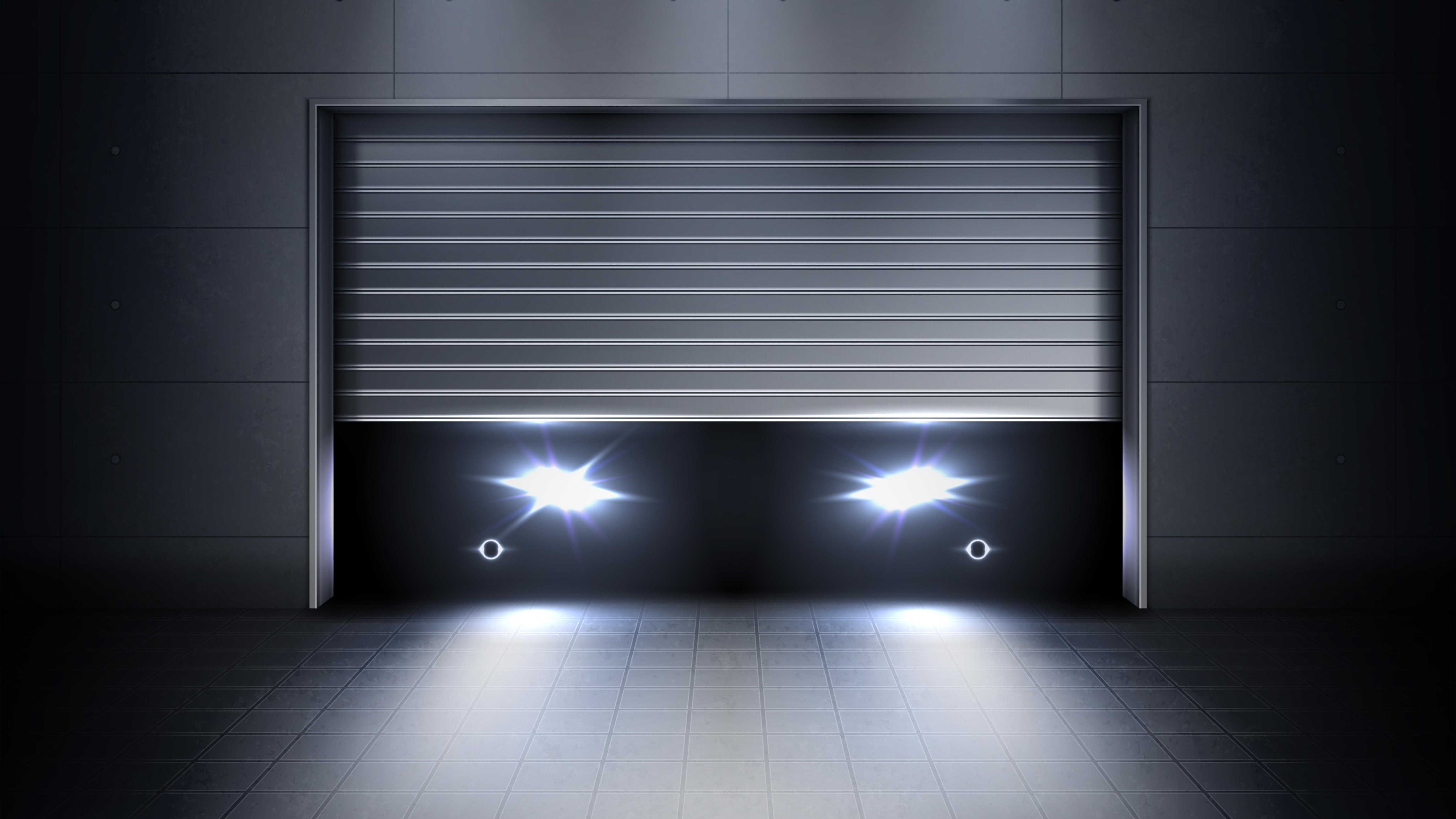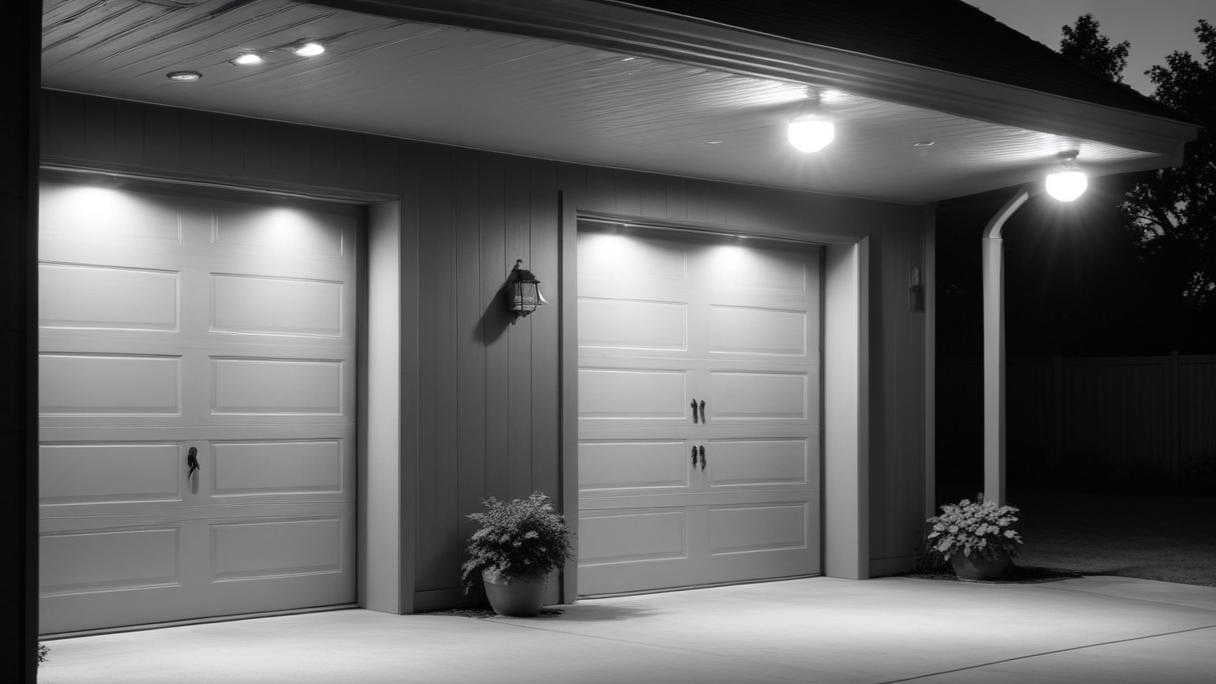When it comes to lighting your garage, the choice of LED lighting is an excellent one. LEDs are energy-efficient, long-lasting, and provide a range of color temperatures to suit different needs. Choosing the right color temperature for your garage LED lighting can significantly impact the functionality and aesthetics of the space. In this blog, we will delve into what color temperature is, why it matters, and how to choose the best one for your garage.
Understanding Color Temperature
Color temperature is measured in Kelvin (K) and describes the appearance of the light provided by a bulb. Lower color temperatures (2700K-3000K) emit a warm, yellowish light, similar to traditional incandescent bulbs. Mid-range color temperatures (3500K-4100K) offer a neutral white light, while higher color temperatures (5000K-6500K) produce a cool, bluish-white light.
Why Color Temperature Matters
The color temperature of your garage lighting affects visibility, ambiance, and the overall utility of the space. Garages serve various purposes beyond parking cars; they can be used as workshops, storage areas, or even recreational spaces. Therefore, selecting the appropriate color temperature can enhance these activities, making your garage a more functional and pleasant environment.

Factors to Consider When Choosing LED Garage Lights
-
Purpose of the Garage:
- Workshop: If you use your garage as a workshop for tasks like woodworking, car repairs, or other detailed work, you need bright, clear lighting. A color temperature of 5000K-6500K is ideal as it mimics daylight and helps reduce eye strain while providing excellent visibility.
- Storage: For garages primarily used for storage, a color temperature of 4000K can be effective. It provides a neutral white light that makes it easy to see and organize items without the harshness of cooler temperatures.
- Recreation or Gym: If you have converted your garage into a gym or recreational area, consider a warmer light (2700K-3000K) to create a cozy and inviting atmosphere.
-
Climate and Location:
- In colder climates, cooler light temperatures (5000K-6500K) can make the space feel less stark and more inviting.
- In warmer climates, a neutral white light (4000K) can balance the overall temperature perception of the space.
-
Size of the Garage:
- Larger garages benefit from cooler, brighter lights to ensure the entire area is well-lit.
- Smaller garages may only need a neutral white light to provide adequate illumination without being overpowering.
-
Personal Preference:
- Some individuals prefer the bright, crisp light of higher color temperatures, while others might find it too harsh. It's important to consider your comfort and how you feel under different lighting conditions.
Types of LED Garage Lights
-
LED Shop Lights:
- These are popular for garages due to their bright, even light distribution. Available in various color temperatures, they are ideal for workspaces and larger garages.
-
LED Strip Lights:
- LED strip lights can be customized and installed in specific areas of the garage, providing targeted lighting. They are available in multiple color temperatures and are useful for both task lighting and ambient lighting.
-
LED Ceiling Fixtures:
- These fixtures provide general illumination and are available in different color temperatures. They are suitable for standard-sized garages and offer a clean, modern look.
-
Motion Sensor LED Lights:
- Motion sensor lights are practical for garages, providing illumination only when needed. They are available in various color temperatures and are energy-efficient.

Installation and Positioning Tips
-
Ceiling-Mounted Lights:
- Install ceiling-mounted lights evenly across the garage ceiling to ensure uniform lighting. For larger garages, consider multiple fixtures to avoid dark spots.
-
Task Lighting:
- For workbenches or specific work areas, install task lighting with a higher color temperature (5000K-6500K) to enhance visibility and reduce eye strain.
-
Wall-Mounted Lights:
- Wall-mounted lights can provide additional illumination for specific tasks or areas. They are useful for small garages or where ceiling fixtures are not feasible.
-
Consider Dimmers:
- Installing dimmers allows you to adjust the light intensity based on your needs. This is particularly useful if your garage serves multiple purposes.
Energy Efficiency and Cost
LED lights are highly energy-efficient, consuming significantly less power than traditional incandescent or fluorescent lights. While the initial cost of LED lights may be higher, the long-term savings on energy bills and reduced replacement frequency make them a cost-effective choice. Additionally, many LED lights are compatible with smart home systems, allowing for greater control and energy management.
Conclusion
Choosing the right color temperature for your garage LED lighting is crucial for creating a functional and comfortable space. Whether you use your garage for work, storage, recreation, or a combination of purposes, the right lighting can enhance the usability and aesthetics of the area. By considering factors such as the purpose of the garage, climate, size, and personal preference, you can select the ideal color temperature and lighting type to meet your needs. Hykoont garage lights offer the perfect color temperature and efficient illumination, making them a worthy investment.


































Leave a comment
This site is protected by hCaptcha and the hCaptcha Privacy Policy and Terms of Service apply.